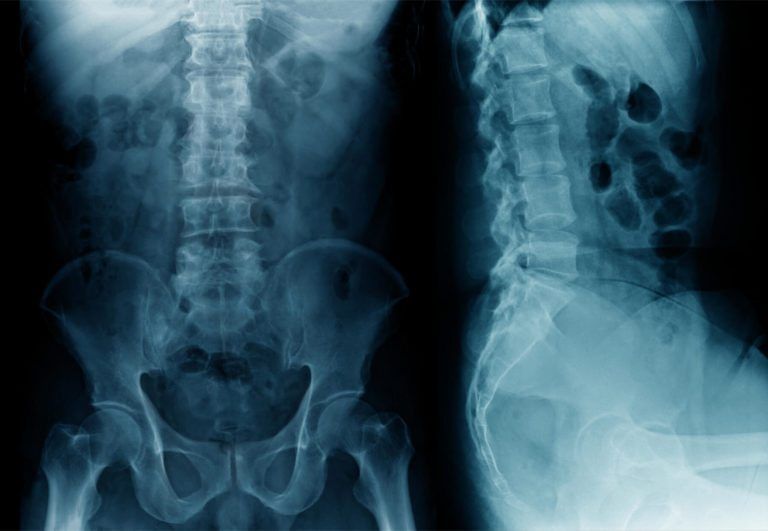Kyphoplasty

For much of the history of medical science, surgeries involving the spine were often messy, involved, and incredibly invasive. 5-6 incisions were often necessary, as well as spreading of the underlying tissue to provide visibility for Dr. Peelle, leading to soft-tissue damage following the procedure, large scars, and long recovery times. Thankfully recent technology has developed techniques like kyphoplasty, a minimally invasive technique that is used to inject orthopedic cement into the spine and help stabilize the structures there. Kyphoplasty doesn’t require opening the back like traditional surgery, but instead involves only a few small incisions for the placement of the tubes that will inject the cement that will stabilize the spine.
Kyphoplasty differs from a similar procedure known as vertebroplasty by using a balloon to help restore the height of the vertebra and create a space to inject the cement. This aids in relieving compression and restoring the vertebral height, an important step that helps to prevent deformation of the spine. This procedure is minimally invasive, and thus has a shorter recovery time and less pain during that recovery time. If you think you may be a candidate for kyphoplasty you should speak to Dr. Peelle and inform him of your conditions, and what can be done to alleviate it. If a kyphoplasty is in order, they’ll likely order an appointment with Dr. Peelle.
1. I’ve heard of vertebroplasty, how does balloon kyphoplasty differ?
These two procedures share a lot of commonalities, as each are minimally invasive spinal surgeries aimed at using orthopedic bone cement to help stabilize fractures in the spine. Additionally, both make use of cannulas, thin tubes, inserted at 3mm incisions into the vertebra for cement injection. Each also shares the same end goal, reduction of back pain and stabilization of spinal compression. The primary difference is the use of a balloon to help create a space for the cement to be inserted and to help restore the height of the vertebra as a way to offset spinal deformity.
2. How will I benefit from getting kyphoplasty?
Kyphoplasty is primarily aimed at stabilizing spinal fractures and reducing a clients back pain. Additionally, kyphoplasty stands apart by being able to restore vertebral height, helping to prevent abnormal kyphosis and preventing damage to discs in fractures in adjacent vertebra. While kyphosis itself simply refers to the curvature of the spine, abnormal kyphosis is a deformation of the spine, which can lead to further damage and discomfort.
3. What special considerations do I need to take regarding kyphoplasty and its risks?
Spinal compression fractures can lead to numbness, weakness, and disruptions to normal functions of the bladder and bowels. These kinds of injuries require a higher level of surgical decompression and are not eligible for kyphoplasty, or its companion procedure vertebroplasty. If your condition does merit kyphoplasty, the following risks need to be considered: heart attack, cardiac arrest, stroke, and cement leakage (which can lead to a pulmonary embolism should it reach the lungs) and potential spinal cord injury. These kinds of complications are rare, but they can occur.

